Psaltery
Videos
Page
A psaltery is a fretboard-less box zither and is considered the archetype of the zither and dulcimer. Plucked keyboard instruments such as the harpsichord were also inspired by it. Its resonance box is usually trapezoidal, rectangular or in the form of a "pig's head" and often richly decorated.
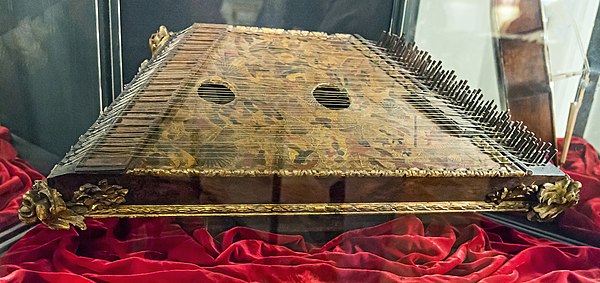
Psaltery 1700 – Venetian school
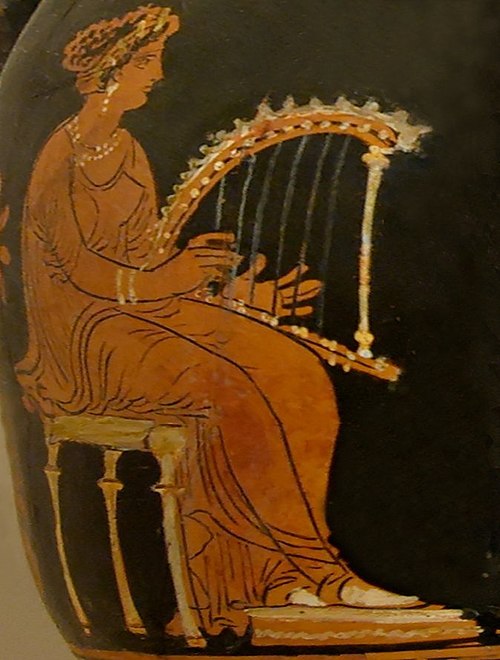
A woman playing a triangular harp, which was called by "Jewish, Christian and Greek sources" a psalterion. Ancient Greek red-figured pelike from Anzi, Apulia, circa 320–310 BCE.

Triangular psaltery. Not a harp, as the sound-box blocks the viewer from seeing through the instrument; also it has sound holes.
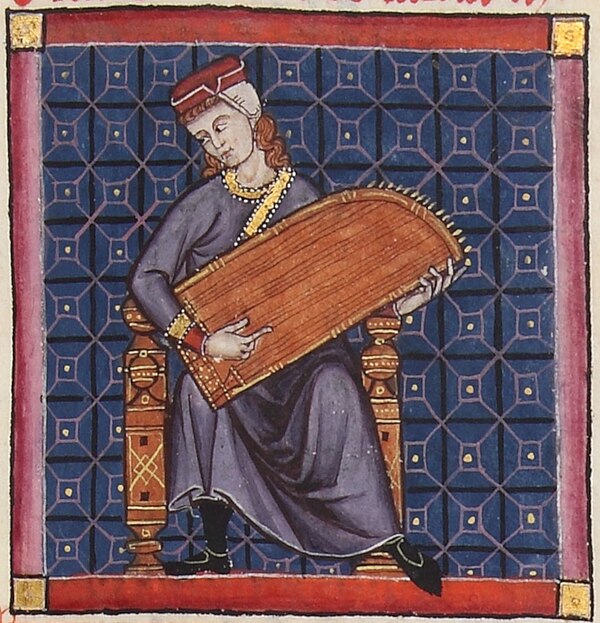
Resembling a harp, this was identified as a psaltery. Print detailed enough to show bridges on the instrument's bottom and strings running in courses.
Zither
Videos
Page
Zithers are a class of stringed instruments. Historically, it could be any instrument of the psaltery family. In modern terminology, it is more specifically an instrument consisting of many strings stretched across a thin, flat body, the topic of this article.
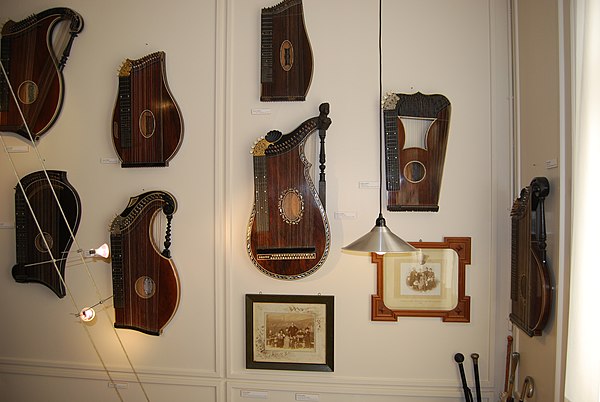
Different concert zithers
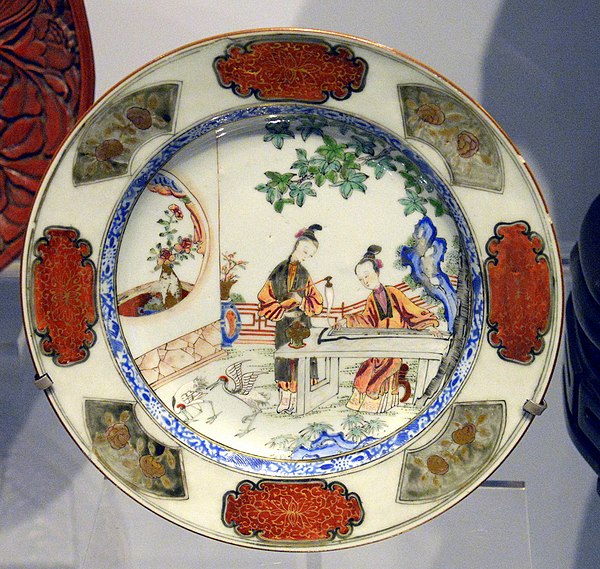
Plate. The Romance of the Western Chamber. In a scene from a popular play, the heroine is shown in contemplation, playing her zither. From China, Qing Dynasty, 18th century CE. National Museum of Scotland, Edinburgh

Chinese guqin with seven strings

Alpine Scheitholt